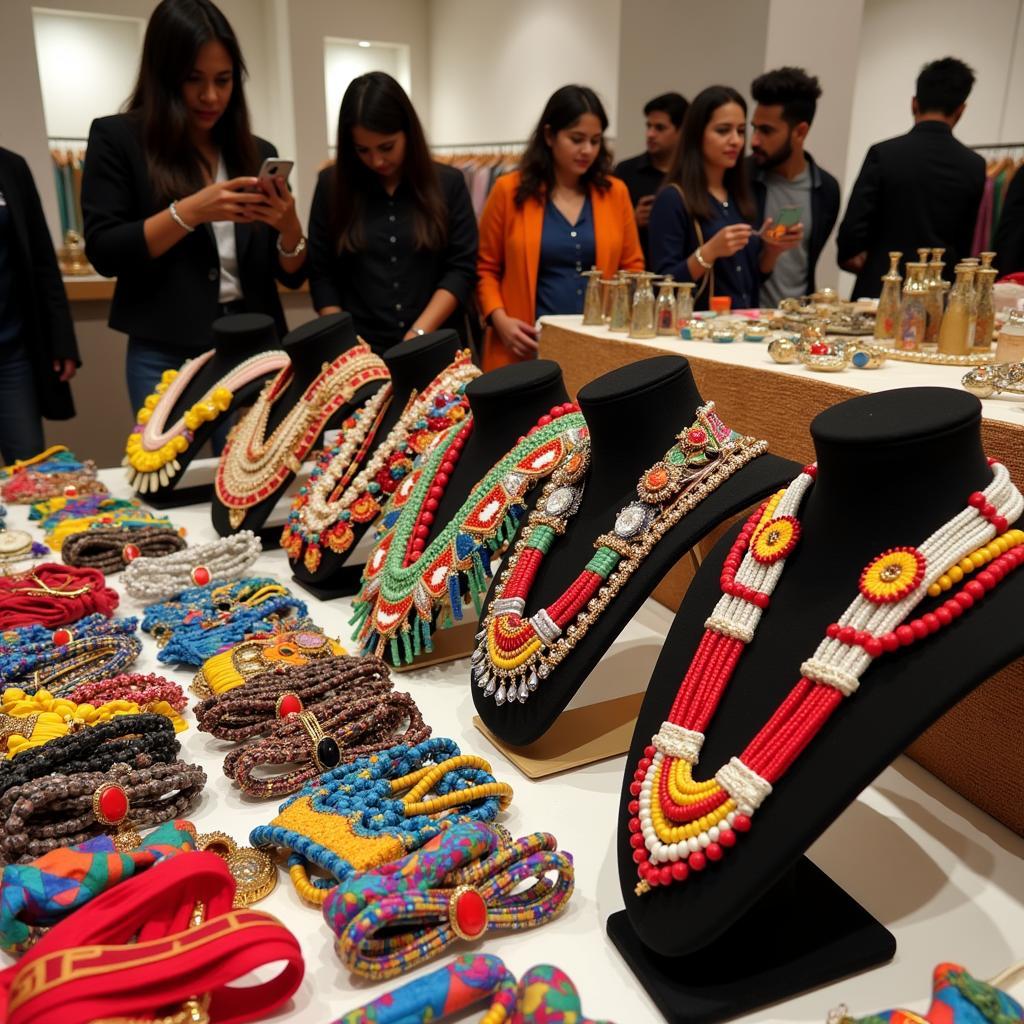The Adorable African Elephant Calf: A Journey into Early Life
African elephant calves are undeniably cute, capturing hearts with their playful antics and miniature trunks. But there’s much more to these young giants than just their adorable appearance. This article delves into the fascinating world of the African Elephant Calf, exploring their development, social bonds, and the challenges they face in the wild. After the first few critical months, an african elephant calf will begin to explore its surroundings, learning from its mother and the other females in the herd.
Birth and Early Development of an African Elephant Calf
An african elephant calf’s journey begins with a remarkable 22-month gestation period, the longest of any mammal. Weighing around 200 pounds at birth, these newborns are surprisingly agile, quickly finding their feet and instinctively seeking their mother’s milk. The first few hours are crucial for bonding and establishing the mother-calf relationship, a bond that will remain strong for years to come. For more on the birth weight of these magnificent creatures, check out african elephant weight at birth.
Key Milestones in the First Year:
- First Steps: Within hours of birth, the calf takes its first wobbly steps, a testament to their innate strength.
- Nursing: Mother’s milk provides vital nutrients and antibodies, protecting the calf from disease.
- Trunk Control: Initially clumsy, the calf gradually masters the use of its trunk, a versatile tool for drinking, eating, and communicating.
- Social Integration: The calf is quickly integrated into the herd, learning social cues and behaviors from older elephants.
The Importance of the Herd for an African Elephant Calf
African elephant calves are raised in a matriarchal society, where the entire herd plays a crucial role in their upbringing. Led by an experienced female, the herd provides protection, guidance, and a rich learning environment for young calves. This communal upbringing is essential for their social development, teaching them vital survival skills and strengthening the bonds within the herd.
The Role of Allomothers
Allomothers, typically younger females in the herd, often assist in caring for the calves. This cooperative childcare allows the mother to conserve energy and ensures that the calf receives constant attention and protection. This shared responsibility strengthens the entire herd’s cohesion and provides valuable experience for future mothers.
Threats and Challenges to African Elephant Calves
Despite the protection of the herd, african elephant calves face numerous threats in the wild. Poaching remains a significant concern, with ivory still highly valued in some parts of the world. Habitat loss due to human encroachment also poses a challenge, reducing their access to food and water. Natural predators, such as lions and hyenas, can also target young and vulnerable calves.
Conservation Efforts
Numerous organizations are dedicated to protecting african elephants and their calves. These efforts include anti-poaching patrols, habitat conservation, and community education programs aimed at raising awareness about the importance of these magnificent animals. You might be interested in learning more about the cultural significance of elephants through african elephant tattoo meaning.
Conclusion
The african elephant calf is a symbol of hope for the future of this iconic species. By understanding their early life, the challenges they face, and the importance of conservation, we can all play a part in ensuring their survival. Understanding the life of an african elephant calf allows us to appreciate the complex social structure and the vital role these animals play in the African ecosystem. These young elephants represent the future of their species, and their survival depends on continued conservation efforts. For a glimpse into the world of African buffalo, consider viewing this african buffalo cartton.
FAQ
- How long does an african elephant calf stay with its mother? African elephant calves stay with their mothers for several years, often until they reach adolescence.
- What do african elephant calves eat? Calves primarily rely on their mother’s milk for the first two years, gradually incorporating vegetation into their diet.
- How big are african elephant calves at birth? They weigh around 200 pounds and stand about 3 feet tall.
- What are the biggest threats to african elephant calves? Poaching, habitat loss, and predation are major threats.
- How can I help protect african elephant calves? Supporting conservation organizations, raising awareness, and advocating for stronger anti-poaching measures are all important steps.
- How long is the gestation period of an African elephant? 22 months, the longest of any mammal.
- What is the role of allomothers in an elephant herd? Allomothers help care for calves, giving the mother a break and teaching younger females about childcare.
More information you might be interested in
- Are you fascinated by the sheer size and power of these animals? You can find stunning african elephant 1080p wallpaper for your devices.
- Intrigued by their complex social behavior? Explore the fascinating african elephant mating rituals.
When you need support, please contact Phone Number: +255768904061, Email: kaka.mag@gmail.com Or visit: Mbarali DC Mawindi, Kangaga, Tanzania. We have a 24/7 customer care team.

